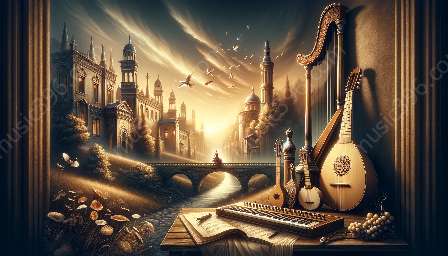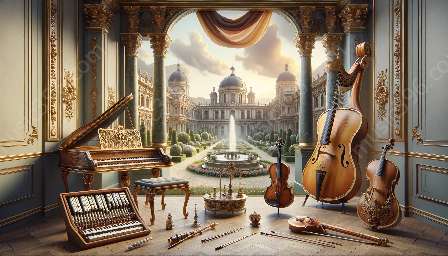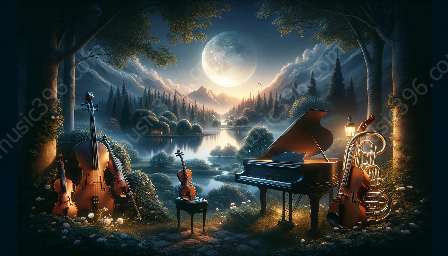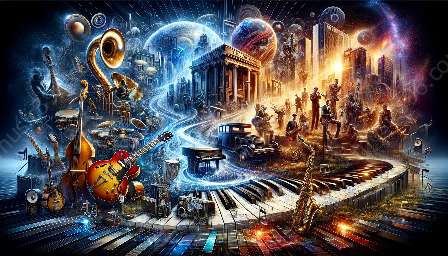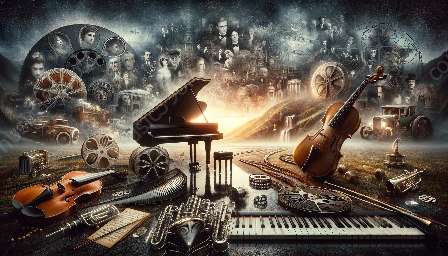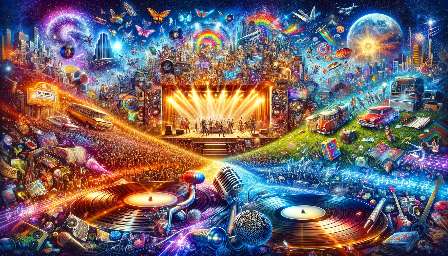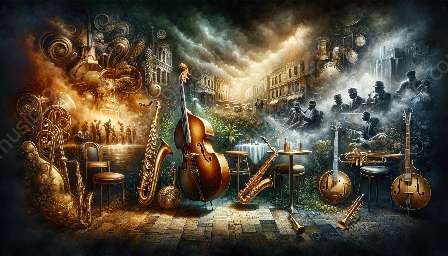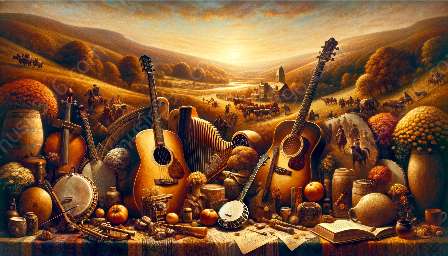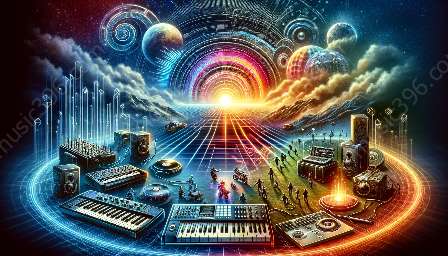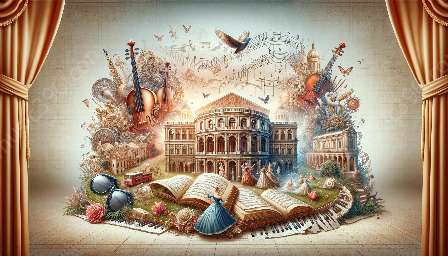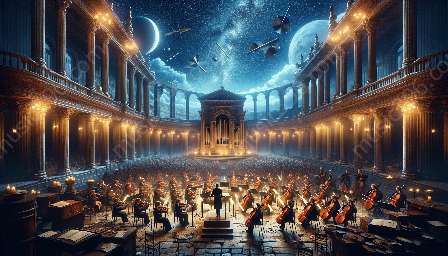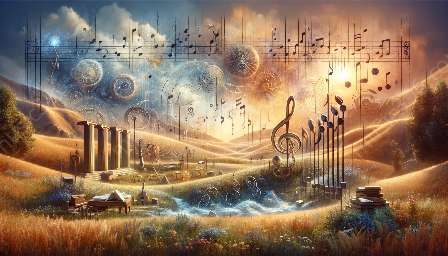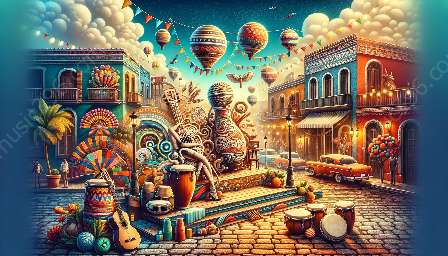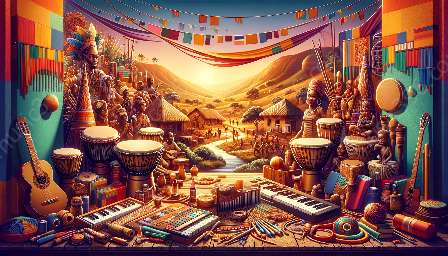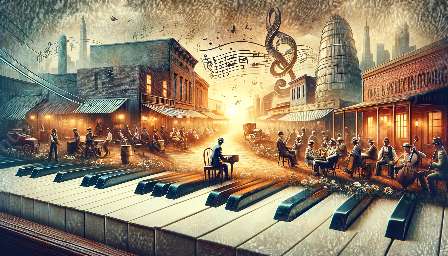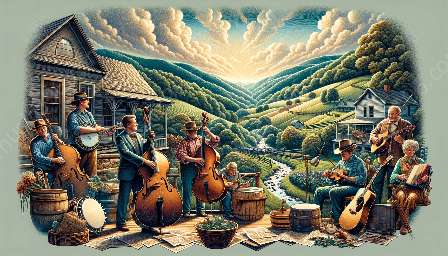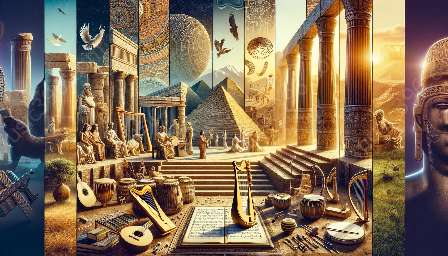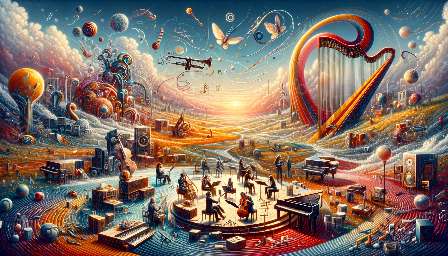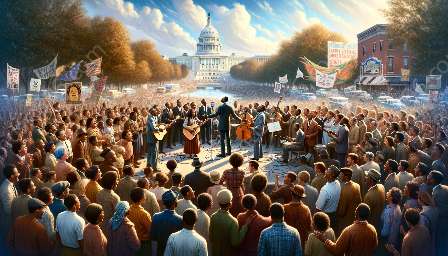Indian classical music is an art form that has been cultivated for centuries, with performances structured in a way that reflects its rich history and cultural significance. To understand the structure of Indian classical music performances, it's essential to delve into the history of Indian classical music and how it has evolved within the broader context of music history.
History of Indian Classical Music
Indian classical music has a lineage that can be traced back to ancient scriptures and texts, such as the Vedas and the Natya Shastra. The origins of Indian classical music can be found in the Vedic chant tradition, which evolved into the sophisticated art form that it is today. Over time, various regional styles and schools of music emerged, including Hindustani music from North India and Carnatic music from South India.
Throughout history, Indian classical music has been patronized by various rulers and emperors, further enriching its repertoire and styles. The Mughal era, in particular, saw a significant influx of Persian and Central Asian influences, which contributed to the diverse and intricate nature of Indian classical music.
History of Music
When exploring the history of Indian classical music, it's important to consider its place within the broader history of music. Music has been an integral part of human culture since ancient times, with evidence of musical instruments and vocal performances dating back thousands of years. The development of music across different civilizations and cultures has led to a rich tapestry of musical traditions and genres.
From the ancient civilizations of Mesopotamia and Egypt to the classical traditions of Greece and Rome, music has played a pivotal role in shaping human expression and creativity. The evolution of music through the medieval and Renaissance periods, followed by the emergence of Baroque, Classical, Romantic, and modern eras, has resulted in a diverse and dynamic global music landscape.
Structured Performances in Indian Classical Music
Indian classical music performances are deeply rooted in tradition and follow a structured format that allows for improvisation within defined parameters. A typical performance consists of several key elements that create a cohesive and immersive experience for both the musicians and the audience.
Raga and Tala
The foundation of Indian classical music lies in the concept of raga (melodic framework) and tala (rhythmic cycle). Each performance revolves around a specific raga and tala, which provide the structural framework for the musical exploration. Ragas are intricate melodic structures that evoke specific moods and emotions, while talas establish rhythmic patterns that guide the pacing of the performance.
Alap, Jor, and Jhala (Hindustani Music)
In Hindustani classical music, a performance typically begins with the alap, a slow and meditative exploration of the chosen raga. This section allows the musician to establish the mood and character of the raga through melodic improvisation. The jor follows the alap, introducing a steady rhythmic pulse, and leads into the jhala, where intricate and fast-paced rhythmic patterns are woven into the melodic framework, building towards a climactic finish.
Alapana, Neraval, and Kalpanaswara (Carnatic Music)
In Carnatic classical music, a similar structure is followed, with the alapana serving as the introductory phase, allowing the musician to unfold the raga through melodic improvisation. The neraval involves improvisation of lyrics within the framework of the raga, showcasing the musician's creativity and skill. The kalpanaswara section features intricate rhythmic patterns combined with melodic phrases, creating a dynamic and compelling musical experience.
Composition and Improvisation
Indian classical music performances often include compositions, known as bandishes in Hindustani music and kritis in Carnatic music, which serve as anchor points for the musicians to explore and expand upon. These compositions provide a thematic foundation for improvisation, allowing for intricate melodic and rhythmic variations while maintaining the essence of the raga and tala.
Collaborative Exchange and Audience Engagement
Another significant aspect of Indian classical music performances is the collaborative exchange between the main musician (such as the vocalist or instrumentalist) and accompanying artists, such as tabla players, sitarists, or flautists. This interactive dynamic enhances the performance and fosters a sense of musical dialogue and synergy. Additionally, audience participation, manifested through expressions of appreciation and encouragement, plays an integral role in the overall energy and ambiance of the performance.
Conclusion
Indian classical music performances are a testament to the rich heritage and cultural significance of this timeless art form. By understanding the historical context in which Indian classical music has flourished and its place within the broader history of music, we gain a deeper appreciation for the structured and dynamic nature of its performances. From the intricate frameworks of raga and tala to the expressive improvisation and collaborative exchange, Indian classical music performances offer a transcendent experience that continues to captivate audiences around the world.


